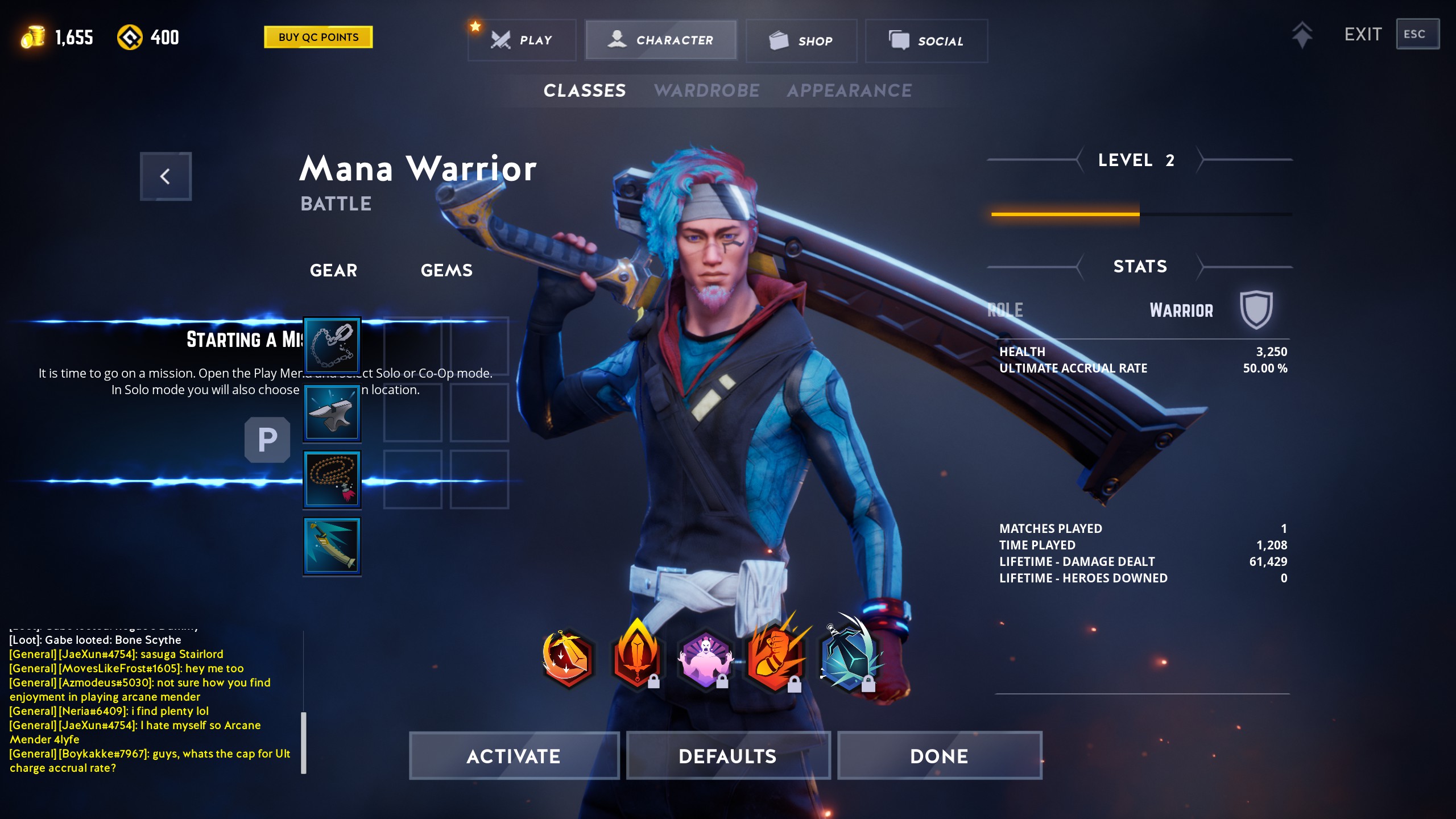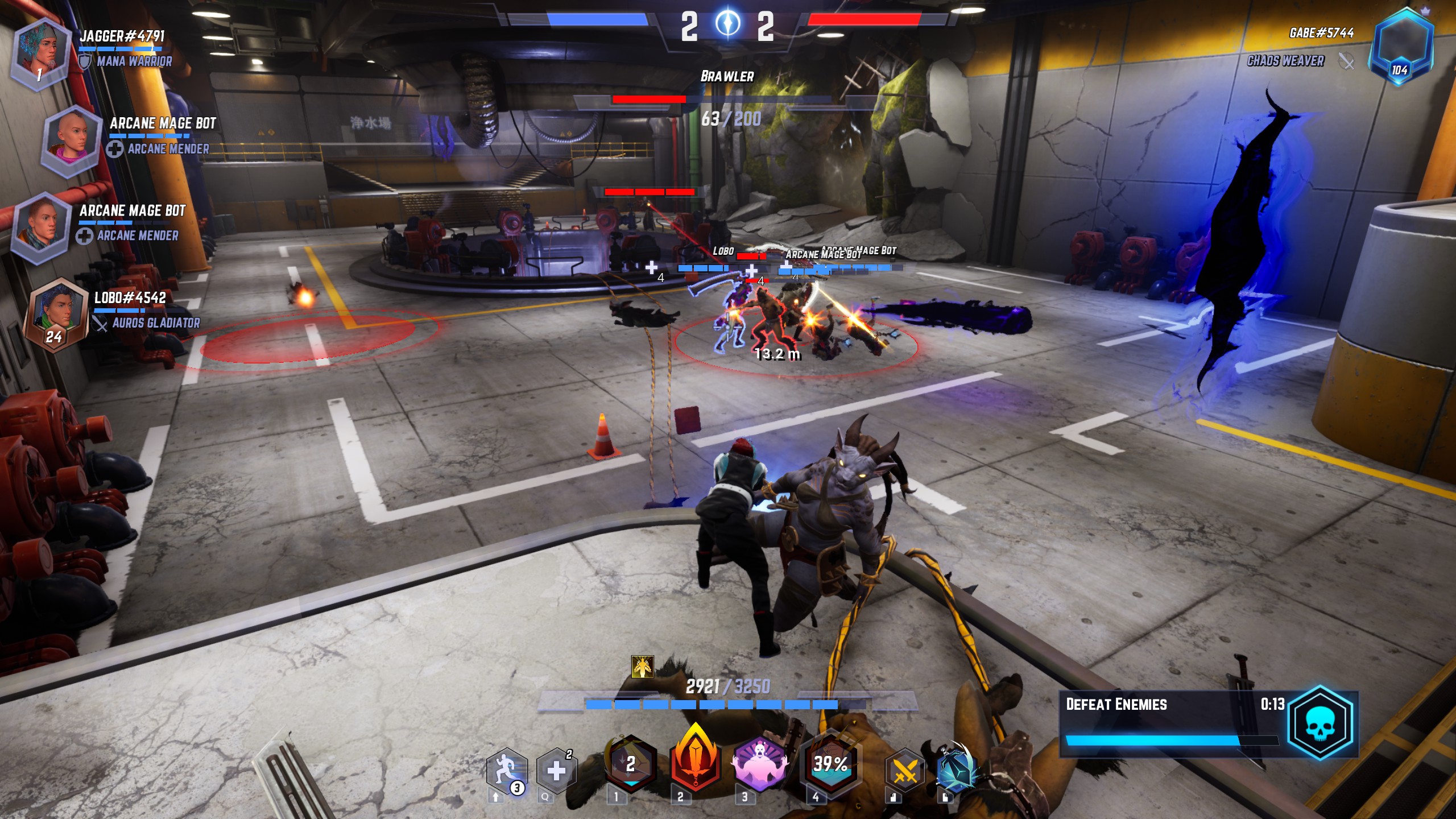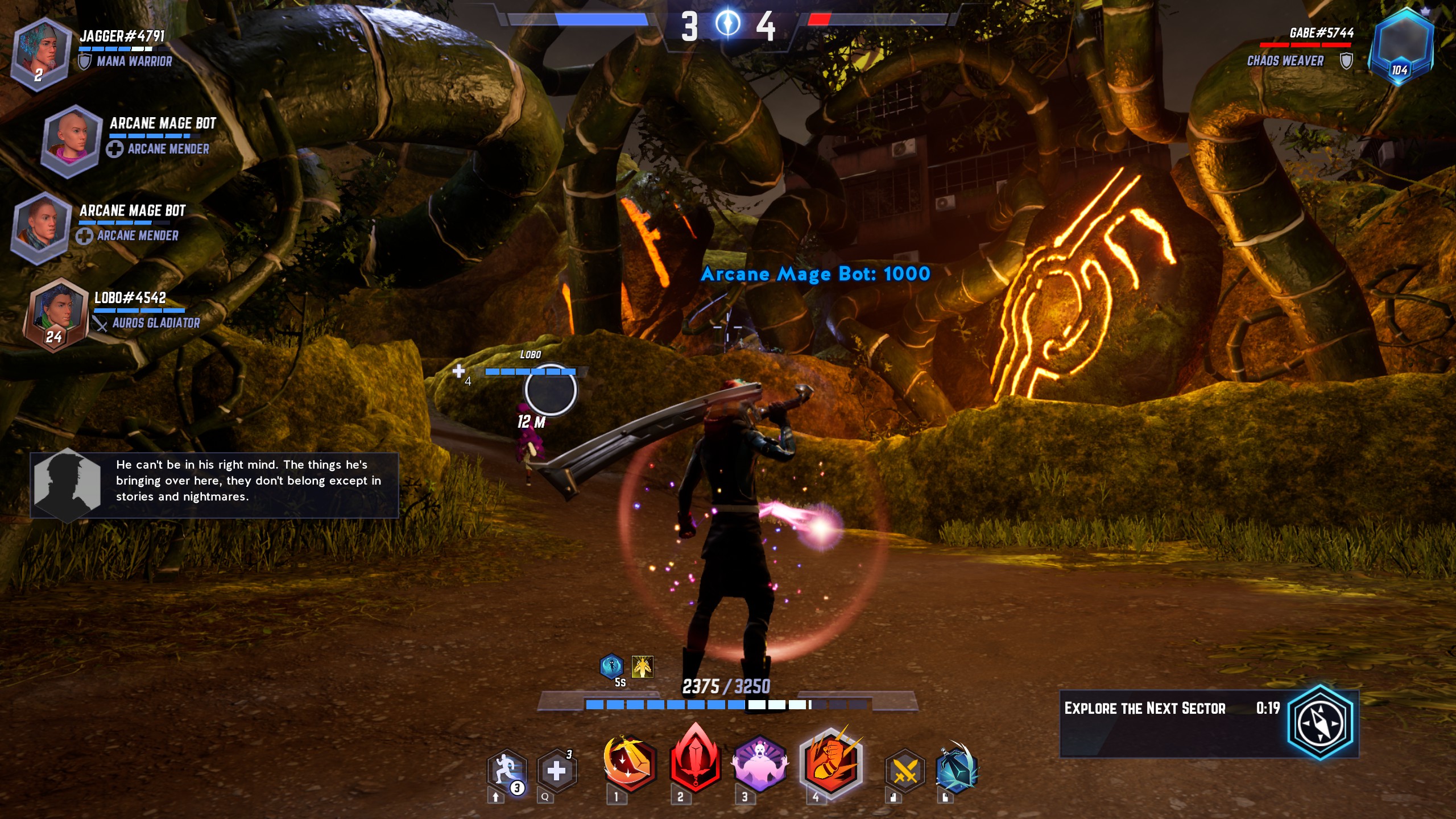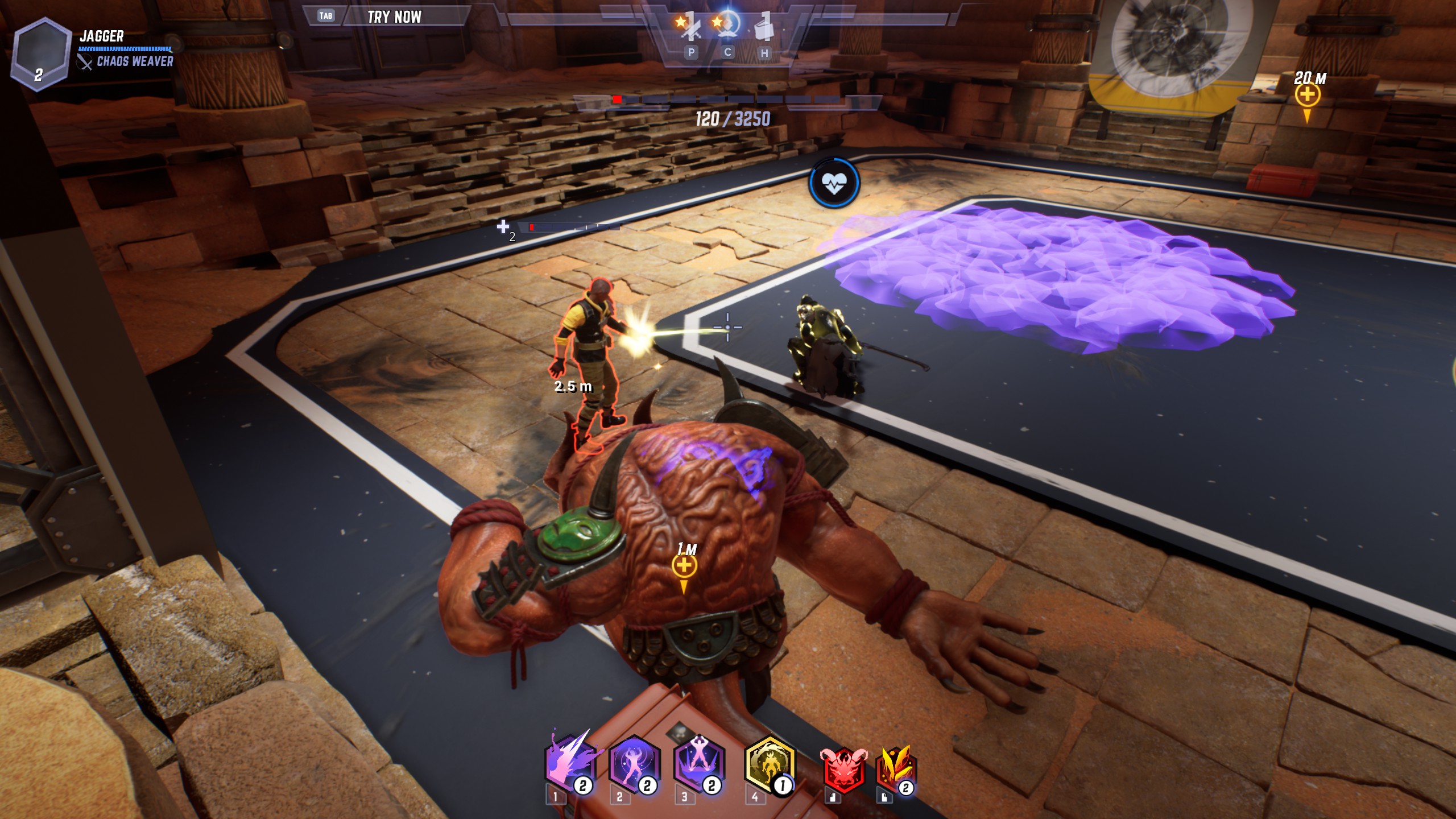Dungeon crawling meets Devil May Cry in Breach, out today on Steam
Hands-on with the ambitious action-RPG from ex-BioWare and EA devs.
I’ve played my fair share of Dungeons and Dragons, but until I played Breach, I hadn't been a part of a session that resulted in a huge mythological demon ravaging the streets of Tokyo while a group of neon-haired misfits take it on with flashy attacks and big swords.
Breach is the debut effort for new game studio, QC Games, a company made up of several ex-Bioware and EA developers, and it aims to combine the fast pace of brawlers like Devil May Cry with an MMO-lite structure for quick cooperative dungeon crawling. The twist here is that when you play a mission, other actual players can take control of the enemies, set traps, and face you as the boss monsters directly.

Combining modern settings and real-life landmarks with the ravaged hellscape of the underworld and a multitude of fantastic beasts creates a relatively unique setting.
There are only a handful of classes to pick from when you first boot up the game, but more become available as the rotation of free classes cycles or by spending in-game currency. Just like most free-to-play online battle arenas you can buy new heroes, convenience items like XP boosts, or other non-gameplay altering items with real money too. During my pre-Early Access play session, designer Gabe Amatangelo was adamant that the cash shop would never, ever be pay-to-win at all.
When I picked my first character in Breach I was immediately drawn to the Mana Warrior, the closest thing to a tank I had at my disposal. Key bindings were familiar with my six main abilities mapped to 1-4 and each respective mouse button. As a Mana Warrior I could employ a mixture of heavy-hitting single target attacks and big AoE smashes to clusters of enemies. The gimmick for this class was that as I landed hits on multiple enemies with my Mana Strike power, I gained a stacking damage shield. Combined with a taunt, it's a powerful combo that boosts survivability.

Based on the classes I played, despite the lean towards fast-paced combat, this is still a MOBA-inspired arena brawler at heart with some rough edges. It doesn’t have the fast, fluid, and responsive combat that action games like Devil May Cry and Bayonetta have perfected, instead offering something that just feels a bit sluggish by comparison. The same sluggish movement and attacks apply equally to player heroes and the enemies themselves, whether controlled by AI or other players, so it’s hard to shake the feeling that it doesn’t quite live up to the ambitious target it’s set for itself.
Playing as the veil demon, or the big boss monster at the end of each level and the variety of smaller minions and sub-bosses throughout, offered a lot more flexibility than I expected. Not only can you take control of individual enemies, mini bosses, and the boss demon itself, but during the mission you can lay traps to debilitate players with spikes or toxic gas and trigger all manner of special abilities. Before the match starts you pick from your list of unlocked creatures.

Amatangelo explained that they wanted to “make sure the story doesn’t get in the way of gameplay,” and it shows. Other than the main tutorial and the first time you do a story mission, you could probably play Breach without even realizing a team of developers crafted an intricate background narrative around it all. There are some brief cutscenes and voice overs explaining things, but a lot of that happens in the background while you’re busy fighting stuff. There isn't a dedicated campaign. Instead, you just go on missions that fill in general narrative details along the way if you’re paying attention.
The biggest gaming news, reviews and hardware deals
Keep up to date with the most important stories and the best deals, as picked by the PC Gamer team.
It's a shame, because the lore in Breach is actually fascinating. What we’ve got is a story about an ancient order of Immortals that tried to save humanity, but changed their minds once they saw how ruthless and careless of a species we'd become. They open up the magic veil that separates the real world from the fantastical world we all believed to be fairy tales, resulting in near-extinction. After a litany of mythological creatures ravages the planet only a few select humans survive that awaken as “magicians” and begin training at the academy to be humanity’s last stand.

Combining modern settings and real-life landmarks with the ravaged hellscape of the underworld and a multitude of fantastic beasts creates a relatively unique setting—I can only think of The Secret World as something similar. What eats away at the surroundings somewhat is the fact that all missions have the same general structure, with you completing small objectives like clearing the room of enemies within a time limit or defending relay stations. Each successful objective results in an incremental upgrade, but if you fail, the enemy player (or AI) gets an upgrade instead. It’s a format that lends itself well to grinding and dropping in and out with friends, but lacks much depth and nuance.
Breach takes some bold risks by reinventing the way co-op action games play out through its asymmetrical multiplayer element, but it also feels like it plays things too safe by sweeping its intriguing premise under the rug. This is the kind of game that will live and die by its post-launch support and as a free-to-play title it’s certainly worth checking out if for no reason other than to wallop your friends as a veil demon and cackle with joy.

